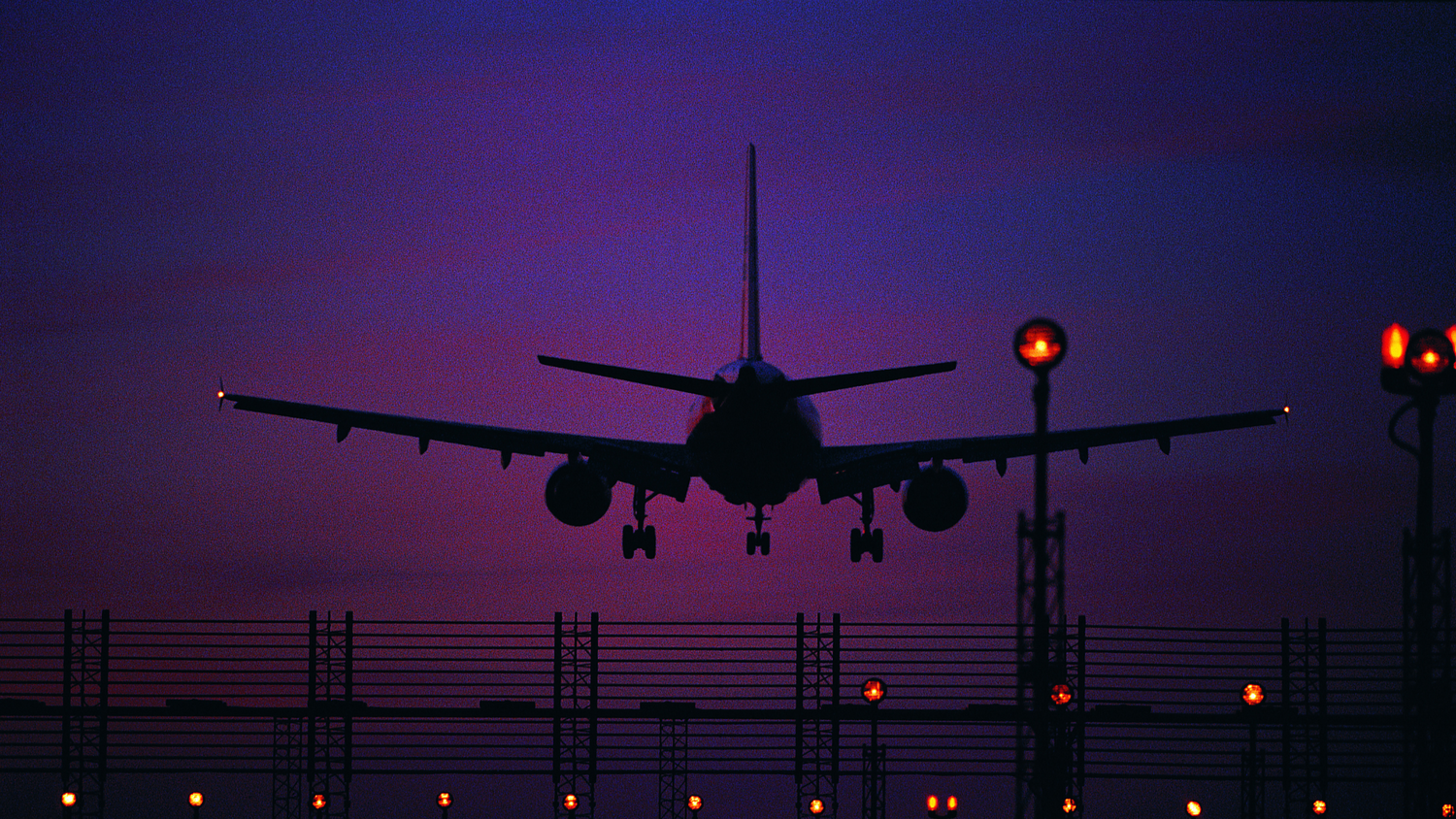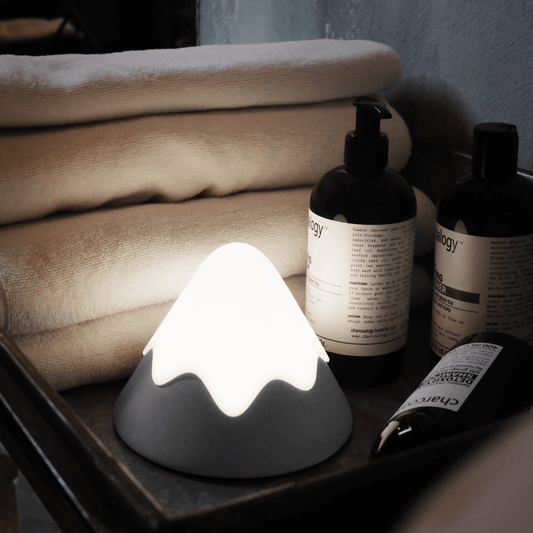Recent developments in aviation technology have made it possible for airlines to offer flights from Australia to Europe and North America that take as little as 22 hours. While these ultra-long haul flights are certainly convenient, there is some concern about their potential effects on our circadian rhythms. In this post, we’ll take a closer look at what these long flights could mean for Australians’ sleep patterns and overall health.

Understanding Circadian Rhythms
Before we dive into the specifics of how these ultra-long-haul flights could affect us, let’s first make sure we know what a circadian rhythm is. A circadian rhythm is a 24-hour-long cycle that regulates various biological processes such as sleep, hormones, body temperature, and even hunger levels. This cycle is regulated by the body's internal clock or “biological clock”—which is why it's essential to maintain a consistent sleep schedule if you want your circadian rhythm to stay healthy and in sync with the natural environment around you
The Effects of Long Haul Flights on Our Circadian Rhythms
So now that we understand what a circadian rhythm is, let’s take a look at how long haul flights can affect it. The biggest issue here stems from the fact that our bodies are used to being exposed to light signals throughout the day (and darkness at night). When we fly across multiple time zones without adjusting our sleep pattern accordingly, our body clocks can become confused—which can lead to jet lag symptoms like fatigue, difficulty sleeping/staying awake during certain times of day, disorientation, mood swings, headaches, etc
In addition to jet lag symptoms, studies also suggest that long haul flights may also increase your risk of developing mental health issues such as depression or anxiety over time due to changes in melatonin production and disrupted sleep patterns. Furthermore, being stuck on an airplane for 22 hours can also lead to dehydration and an increased risk of contracting illnesses due to changes in air pressure or exposure to germs from other passengers/crew members.
What Can You Do To Reduce The Impact On Sleep?
All things considered, flying across multiple time zones for 22 hours or more can definitely have an effect on your circadian rhythms—but there are ways you can minimise these effects so you don't suffer too much from jet lag or other related issues when you land.
For starters, try not to nap until you've adjusted your sleep schedule according to where you're landing; this will help ensure that your body clock is properly calibrated with its new environment. Additionally, make sure you stay hydrated on the flight by drinking plenty of water and avoiding alcohol or caffeine; try bringing some snacks along with you too so that hunger doesn't disrupt your sleep schedule once you land! If done right, hopefully these tips will help reduce any adverse effects on your circadian rhythm so you can enjoy your trip abroad.
Ensure that you get good sleep when you are on a flight by using some sleep headphones to block out sounds and create a dark environment no matter what else is happening on the flight.
Long haul flights can be extremely tiring — both physically and mentally — but understanding how they affect our circadian rhythms is key in mitigating their effects on our health and wellbeing. By making small adjustments such as resetting our body clocks before travel, limiting caffeine consumption onboard flights, and exposing ourselves to natural light upon arrival at our destination; we can dramatically reduce the impact these long journeys have on our bodies! So keep an eye out for those 22 hour flights from Australia - they might just be worth it after all!




















